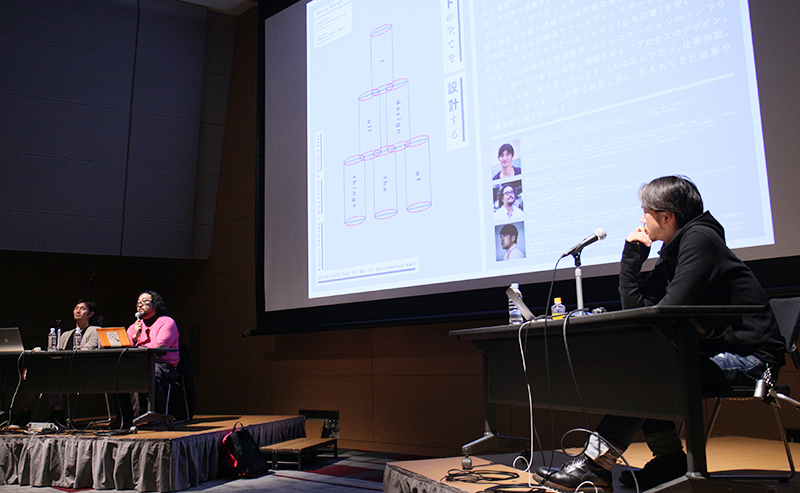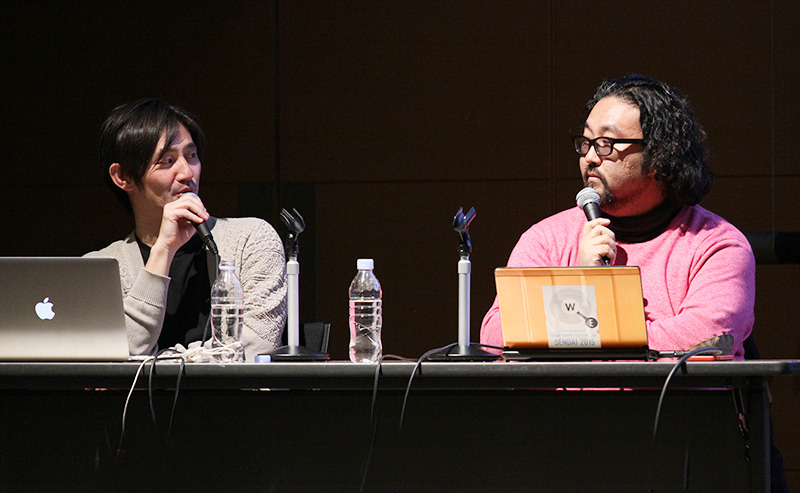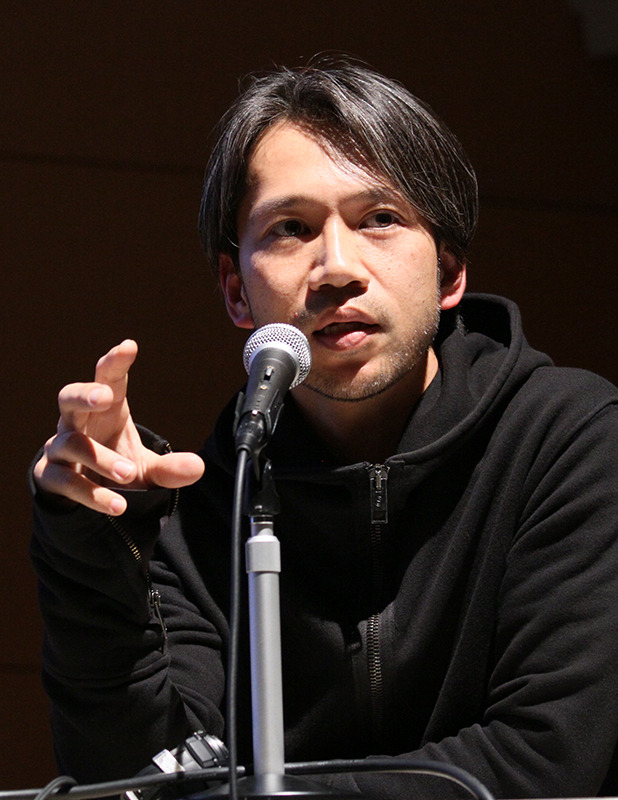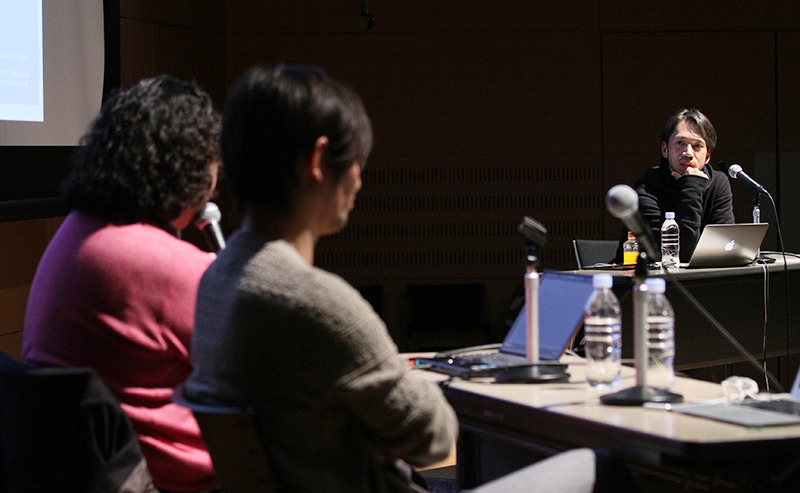The theme of the 123rd Dentsu Inc. Design Talk, held on December 2, 2014, was "Designing Everything About Things." What are the thought processes and project approaches of those who create projects freely, unconstrained by the domain of advertising? Three individuals—Hima Furuta, creator of " Marunouchi Morning University" and "Roppongi Farm"; Kentaro Shibaku, who tackles corporate challenges and social issues at the creative boutique "GLIDER " where experts from diverse fields gather; and Hiroichiro Toda, Dentsu Inc.'s Art Director who extends the concepts of design and art direction into product development and urban planning—shared their achievements and concerns. Here is the second part. (Part 1 is here )

Keyword 3: "Trading Companies and Agencies"
Furuta: I believe trading company functions and agency functions will increasingly merge. In Mie Prefecture, we formed an agricultural corporation called "Ureshino Agri" by partnering local farmers, an essential oil company, the government, and a trading company. This initiative aims to promote a state-of-the-art facility agriculture system utilizing waste heat from a local biomass plant, positioning it as "Made 'by' Japanese" with an eye toward expanding into Asia. Traditionally, trading companies have excelled at distributing goods but struggled with branding. Agencies, on the other hand, operate on client budgets, limiting their ability to pioneer new business fields like trading companies. By merging these two functions, I believe we can achieve the commercialization of regional revitalization.
Toda: Working in an ad agency, you face the difficulty of acting on big, long-term visions, right? It often boils down to achieving immediate results through advertising expression.
Furuta: But creating new media and value is precisely the kind of work only an advertising agency can do. Essentially, it's about connecting upstream and downstream players, but the challenge is finding people who can do that. Also, while we had Shibaku-kun create the video this time, I feel that "visualizing" concepts is crucial for new project concepts.
Shihaku: The skills used to create TV commercials are surprisingly versatile and applicable in many areas. Translating someone's vision for something new into visuals is a distinct skill. We're applying that skill in social media and regional projects.

Keyword ④ "Innovation"
Shiber: JINS' "JINS MEME" is a wearable device in the form of glasses. Unlike Google Glass, which shows external information, JINS MEME was developed to capture the wearer's physiological data. It's essentially glasses that let you "see inside yourself."
Furuta: If you can understand a person's physical condition in real time, the moment they put on JINS MEME and enter a supermarket, it could recommend things like, "The nutrients you need today are contained in these tomatoes." This completely changes the way marketing works, making shelf arrangements irrelevant. Just by slightly shifting the value of existing things, the possibilities become limitless. Toda-san's "drop" project is another example of this, right?
 |
|
Toda: We developed a new style of beverage called "MY BOTTLE DRINK drop" with Suntory and Thermos, the insulated bottle maker. We took the historical fact that as beverage containers evolved from bottles to cans to PET bottles, popular flavors also changed. This inspired our hypothesis: developing a new container might lead to a new kind of drink. The team spent three years progressing from container development to flavor development and proposing new ways to drink it. I handled the overall art direction and also brought in a product designer. We changed direction midway and even went back to square one several times, which taught me the immense difficulty of creating something tangible. User numbers are now steadily increasing, and it's being carried by retailers like 7-Eleven and Amazon.
Furuta: The scope of art direction keeps expanding. I believe that after "innovation"—slightly improving design or tweaking distribution—comes the need for "revolution." Interesting creativity begins the moment you break what was previously considered "absolute." JINS MEME and drop are perfect examples of this, and I think they open up new possibilities from here.
Keyword ⑤ "Tokyo Olympics"
Furuta: While "washoku" (Japanese cuisine) became a UNESCO Intangible Cultural Heritage, few people worldwide truly understand its concept. So, we designed the "Peace Kitchen" platform to create a keyword that resonates globally. It reimagines "washoku" not just as gourmet food, but as a space for food that connects people and businesses. The idea is to have foreigners living in Japan act as local navigators, inviting people from overseas to come on culinary journeys to Japan. We want to create a sustainable system where people circulate, ensuring this isn't just a 2020 boom.
Toda: Will you also create physical restaurants?
Furuta: We're planning to build them together with people involved in urban development in places like Milan and the Basque Country. When we floated this keyword, we got responses from people around the world thinking along similar lines. It feels like an era where people connect through concepts, not just by area or industry.

<End>
You can also read the interview here on AdTie!
Planning & Production: Dentsu Inc. Event & Space Design Bureau, Aki Kanahara









